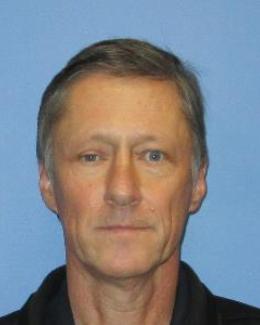Abstract
A novel minimal-size pairing operator Δ†D0 with d-wave symmetry in CuO2 planes is introduced. This pairing operator creates on-site Cooper pairs at the four oxygens that surround a copper atom. Via the time evolution of Δ†D0, an additional interorbital pairing operator Δ†Dpd with d-wave symmetry is generated that pairs fermions located in a Cu and its four surrounding O atoms. The subsequent time evolution of Δ†Dpd generates an intraorbital d-wave pairing operator Δ†Dpp involving the four O atoms that surround a Cu atom, as well as the d-wave operator Δ†D traditionally used in single-band models for cuprates. Because we recover the larger size operators extensively used in the three-orbital Hubbard model, we suggest that long-range order using the canonical extended operators occurs together with long-range order in the new minimal operators. However, our minimal d-wave operators could be more practical to study d-wave superconductivity because in the finite-size relatively small systems accessible to computational techniques it is easier to observe long-range order using local operators. Moreover, an effective model with the usual tight-binding hopping of the CuO2 planes supplemented by an attractive potential V in the d-wave channel is introduced. Using mean-field techniques, we show that a paired ground state is stabilized for any finite value of V. We observed that the values of V that lead to gap sizes similar to those in the cuprates are smaller for d-wave pairing operators that include Cu d orbitals than those that include only p orbitals. In all cases the gap that opens in the spectrum has standard d-wave symmetry. Finally, a simpler effective model is introduced to study the phenomenology of multiorbital d-wave superconductors, similar to how the negative-U Hubbard model is used for properties of s-wave superconductors.



